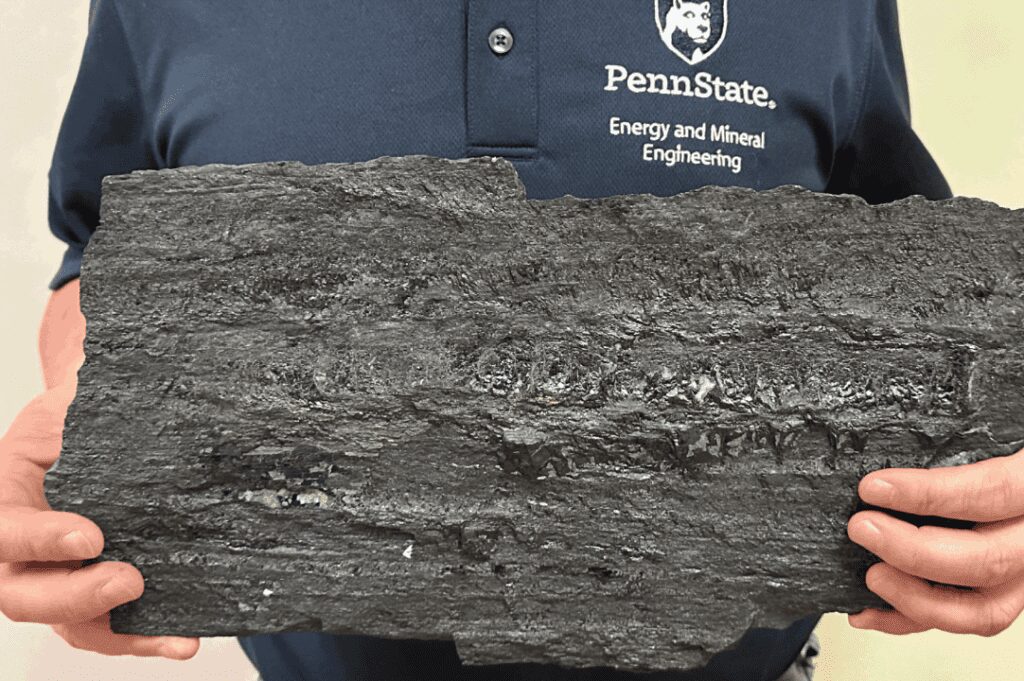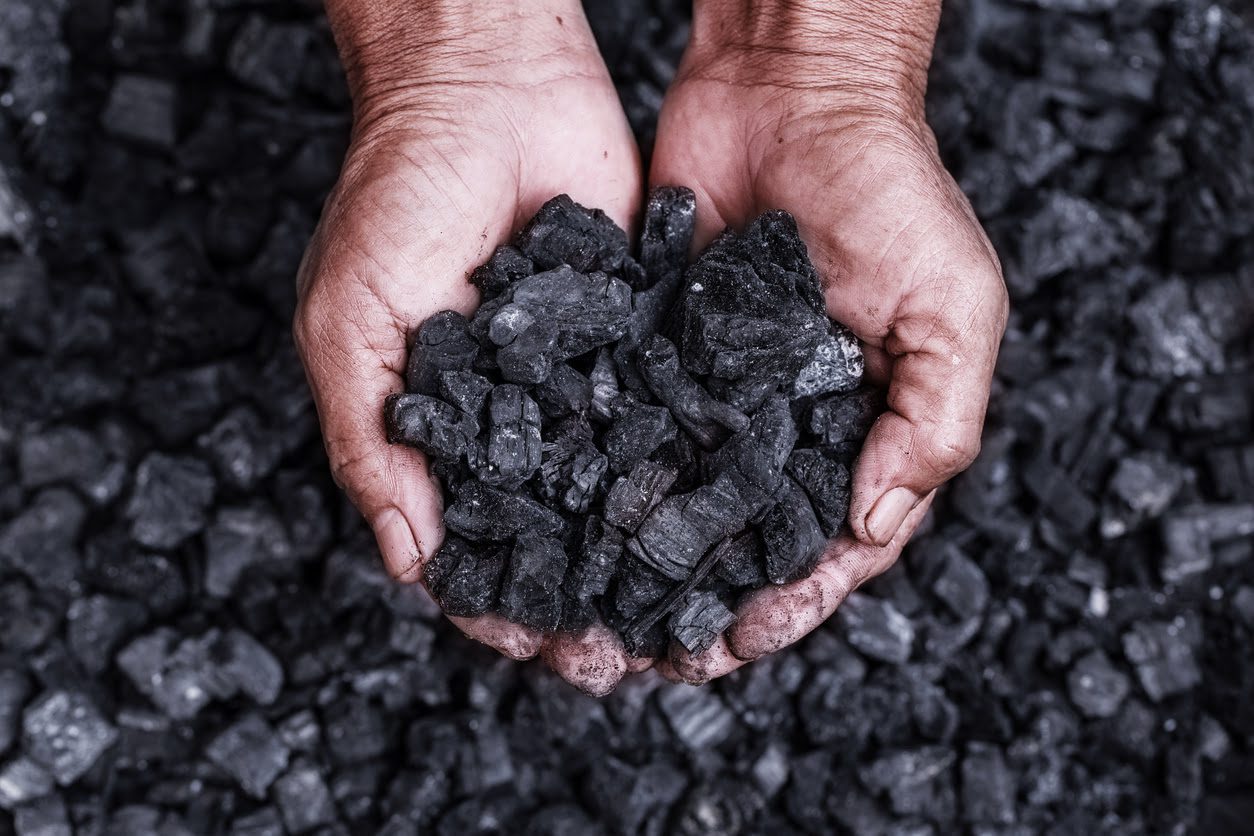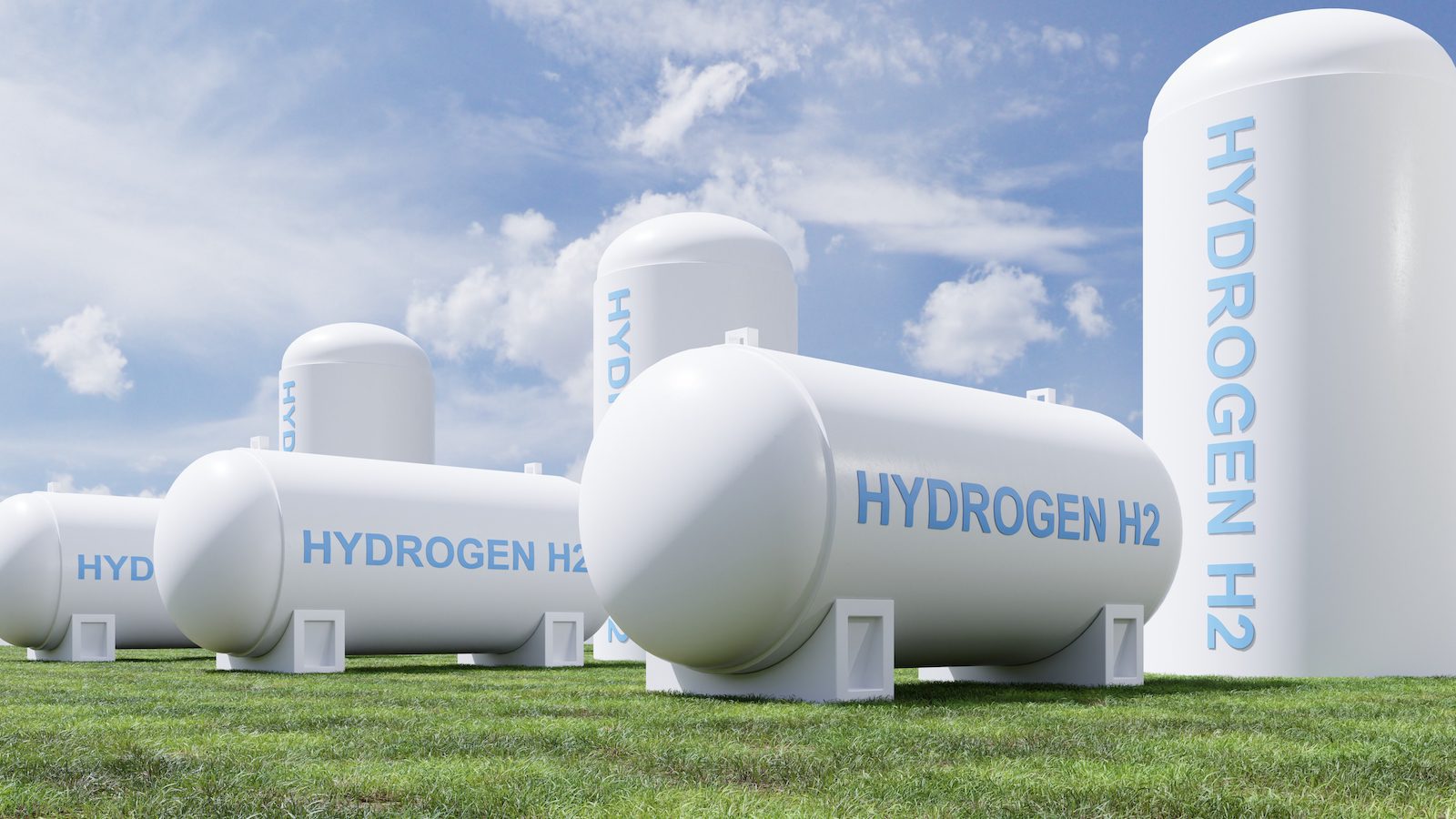Table of Contents
Did you know that coal, which is commonly used for traditional energy production, might have a new and exciting use? Discover the unexpected breakthrough in role of Coal in Hydrogen Storage, the hydrogen battery. This innovative discovery could revolutionize how we store and use hydrogen, paving the way for cleaner, more efficient energy solutions.
The Role of Coal in Hydrogen Storage
Traditionally, coal has been associated with pollution and environmental concerns due to its role in energy production. However, an unexpected breakthrough at Penn State University is unveiling coal’s potential as a powerful tool for sustainable energy. Researchers have discovered that coal, in a surprising twist, can be used to store hydrogen gas—offering a cleaner, more efficient solution for hydrogen storage and potentially reshaping the future of renewable energy.
This innovative discovery could pave the way for a new chapter in energy production, addressing long-standing challenges in hydrogen storage and providing significant economic opportunities for areas reliant on coal.

The Challenge of Hydrogen Battery
Hydrogen holds immense promise as a clean fuel source for industries like transportation, power generation, and manufacturing. Unlike fossil fuels, hydrogen burns cleanly, with water being the only byproduct. However, the widespread adoption of hydrogen as a primary energy source has been hindered by one major challenge: storage.
Hydrogen gas has a very low energy density by volume, meaning it must be stored in large quantities under high pressure or at low temperatures to be usable. Additionally, creating an efficient, cost-effective infrastructure for storing and transporting hydrogen has proven difficult. Traditional methods of storing hydrogen, such as high-pressure tanks and cryogenic systems, are expensive and energy-intensive.
This is where the discovery at Penn State University comes into play. Researchers have found that coal could act as a “geological hydrogen battery,” offering an innovative and economical method for storing hydrogen.
Coal as a Geological Hydrogen Battery
The discovery, led by researcher Shimin Liu, reveals that coal can store hydrogen in a way that is both efficient and scalable. “We found that coal can be this geological hydrogen battery. You could inject and store the hydrogen energy and have it there when you need to use it,” Liu explains.
This process involves injecting hydrogen into depleted coalbeds, where it can be stored until needed. When hydrogen is injected into coal, it interacts with the coal’s porous structure, allowing the gas to be safely stored and held in place until extraction is required.
Researchers identified that certain types of coal are particularly well-suited for hydrogen storage, including low-volatile bituminous coal from eastern Virginia and anthracite coal from eastern Pennsylvania. These types of coal are dense and porous, making them ideal candidates for storing hydrogen gas.
Coal Works for Hydrogen Battery
Coal, particularly in its geological formations, has long been used for storing natural gas, especially methane. Depleted coalbed methane deposits, which have already been used for natural gas extraction, are now being repurposed for hydrogen storage. These coalbeds are typically sealed by layers of shale or mudstone, which act as natural barriers, preventing the stored hydrogen from escaping.
This ability to store hydrogen in coalbeds leverages existing infrastructure—such as mining sites and drilling techniques—while providing a more sustainable method for managing the energy supply. Unlike traditional storage methods that require the construction of new facilities, repurposing coal mining sites could significantly reduce the cost and effort needed to build a hydrogen infrastructure.
Furthermore, the fact that coal is abundant and widely distributed makes it an attractive option for regions looking to invest in hydrogen storage. Areas previously reliant on coal for power generation could now turn to coal-based hydrogen storage as a new economic avenue, potentially reviving local industries.
The Economic and Environmental Implications
The ability to use coal for hydrogen storage not only opens the door to cleaner energy solutions but also provides significant economic opportunities, particularly for communities that have historically depended on coal mining. Many coal-producing regions have seen economic decline as the world shifts toward renewable energy sources. By repurposing coalfields and utilizing them for hydrogen storage, these regions can reinvigorate their local economies and provide new job opportunities.
Penn State University’s research team also highlights the potential for local coal miners and energy engineers to transition into roles that support this new technology. With existing expertise in energy extraction, these workers could play an essential role in developing the hydrogen storage infrastructure, making this a transition that benefits both the economy and the environment.
The long-term environmental benefits of this discovery are equally important. By using hydrogen as a clean energy source and storing it efficiently, the reliance on fossil fuels for power generation could be significantly reduced, leading to lower carbon emissions and a reduction in overall environmental impact.
Further Research and Future Prospects
Although the discovery of coal’s ability to store hydrogen is groundbreaking, researchers are still investigating the technical details of the process. They are focused on studying how quickly hydrogen can be injected into and recovered from coal, as well as understanding the rate of diffusion and permeability. These studies will help optimize the process and make it more efficient, ensuring that coal-based hydrogen storage becomes a viable long-term solution.
In addition to studying the storage process, Penn State is also examining the potential for large-scale hydrogen storage facilities in former coal mining regions. With abundant natural gas and coal supplies, these areas are uniquely positioned to contribute to the development of a national hydrogen infrastructure.
A Cleaner, More Sustainable Energy Future
The discovery that coal can store hydrogen offers a revolutionary way to address some of the most significant challenges in renewable energy. Coal, once seen as a major contributor to pollution and climate change, may now play a pivotal role in the transition to cleaner, more sustainable energy systems.
By repurposing coalfields for hydrogen storage, the energy industry can create a more efficient and scalable hydrogen infrastructure, reducing the costs and environmental impacts associated with traditional hydrogen storage methods.
Additionally, this innovation provides a much-needed economic boost to regions hit hard by the decline of the coal industry, offering new opportunities for jobs, investment, and local growth. As research into this technology progresses, it could significantly accelerate the adoption of hydrogen as a clean energy source and lead to a more sustainable, low-carbon future for the world.
The future of hydrogen storage may just be hidden in the very source that once fueled the world’s pollution-heavy energy systems, and this discovery could be a key stepping stone towards achieving a cleaner, more sustainable global energy landscape.







